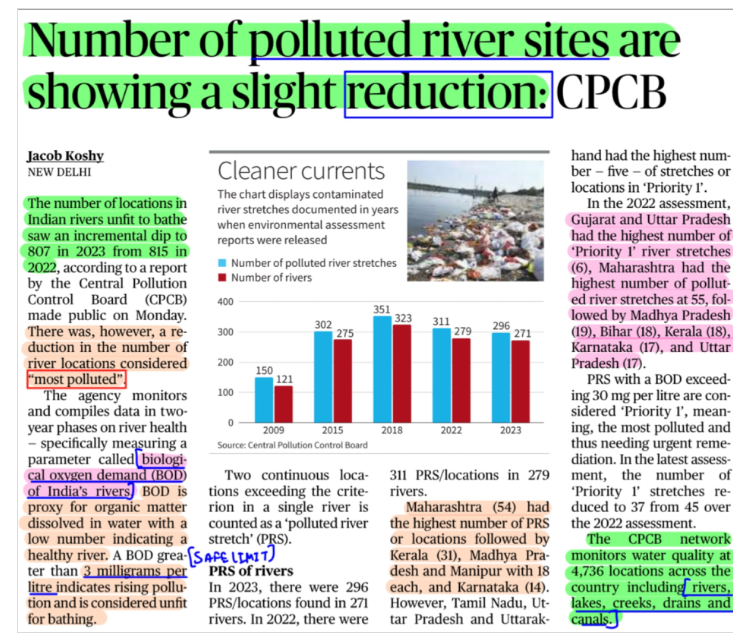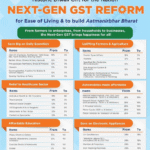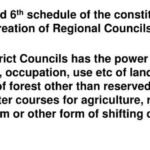River pollution in India is often termed as both a governance and ecological challenge. Critically analyze this statement?

The CPCB’s latest report shows a marginal reduction in river pollution stretches across India, though several rivers, especially in Maharashtra, remain critically contaminated.
LEARNING FROM HOME/WITHOUT CLASSES/BASICS
India’s rivers face an entangled set of challenges.
- The biggest load is untreated sewage: urban India generates roughly 72,000 million litres per day (MLD) of wastewater— barely a third of sewage is treated and, in practice, closer to 28% gets processed. The remainder finds its way into rivers and aquifers.
- Industrial effluents, plastic and solid-waste dumping, stormwater overflows, encroachment of floodplains, sand mining, and reduced environmental flows compound the problem.
- The Central Pollution Control Board (CPCB) now lists 296 polluted river stretches (down from 311 in 2022 and 351 in 2018), with Maharashtra alone accounting for 54 stretches;
- Many hotspots record biochemical oxygen demand far above the 3 mg/L benchmark.
- In Delhi’s Yamuna, recurring toxic foam and periodic fish kills illustrate how episodic shocks pile onto chronic pollution.
- Governance is fragmented: municipal bodies, state pollution boards, and river-basin agencies often work in silos, and many sewage plants underperform or miss advanced nutrient removal.
WAY FORWARD
Rejuvenation demands “source-to-sea” measures.
- Eliminate sewage inflows: universal household and property-level connections, 24×7 operation of STPs, and fecal sludge/septage management for unsewered areas.
- Tighten industrial controls via CETPs, real-time monitoring, and strict polluter-pays enforcement—
- Restore river ecology: protect floodplains, rebuild wetlands and riparian buffers, and ensure environmental flows.
- Reduce diffuse pollution through solid-waste management and behavior change.
- Publish continuous water-quality dashboards for accountability,
Government Flagship schemes
The Namami Gange Programme (under NMCG) has scaled sewerage assets and riverfront/ecological projects. 167 STPs totaling about 3,781 MLD of capacity were operational under the programme, alongside sludge reuse. “Arth Ganga” initiatives to monetize treated water and create river-based livelihoods.
The National River Conservation Plan (NRCP) covers 57 rivers in 17 states, financing sewage treatment and river restoration in non-Ganga basins.
The River Cities Alliance (RCA)—a joint NMCG–NIUA platform—now spans 100+ cities, sharing tools for river-sensitive urban planning;







0 Comments